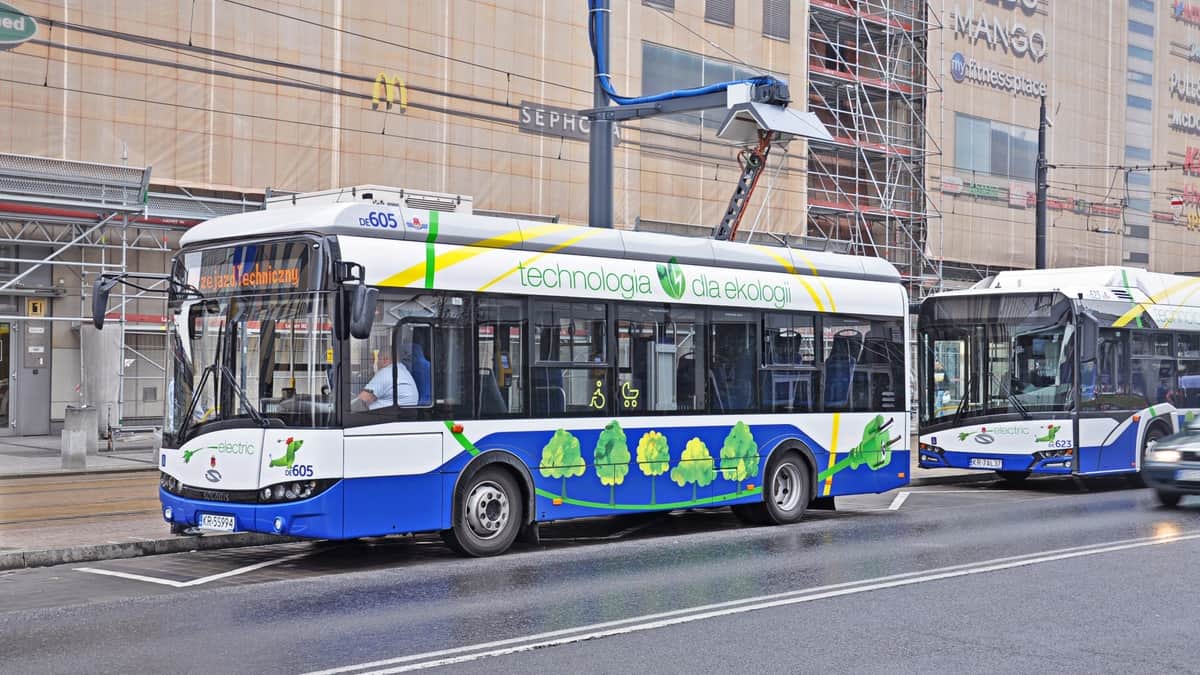California made national news by mandating all new passenger vehicle sales to be zero emission by 2035, as per EDF.
At the same time, the state also considers a complementary rule to replace medium- and heavy-duty buses and trucks to be zero emissions as well. California will have to invest significantly in electric vehicle charging infrastructure to support this conversion.
1.2 million EV chargers by 2030
The California Energy Commission approximates that by 2030, the state may need about 1.2 million EV chargers to support over eight million passenger EVs and an extra 157,000 chargers for non-passenger vehicles, such as buses and trucks.
Currently, there are over 1.2 million electric passenger vehicles on the state’s roads and fewer chargers than will be needed in 2030.
The charging needs of buses and trucks are hugely different from those of private cars in terms of access, locations, and power demands.
The availability of private and public vehicle charging will be a foundational investment to ensure the shift to zero-emission vehicles occurs as fast as possible.
California’s utility regulator to authorize $1 billion
Supplement over $6 billion of authorized state taxpayer and federal government funds (at least $383 million for California from the Infrastructure Investment and Jobs Act plus more money from the Inflation Reduction Act), the state’s utility regulator is ready to authorize $1 billion of new ratepayer funds between 2025 and 2029.
This is in addition to $1.8 billion of ratepayer funds already allotted. From these significant ratepayer investments, California’s utility regulator is preparing to create a rebate program to promote EV infrastructure deployment.
Furthermore, the proposal views utility customers throughout the state as leveraging several funding sources, simultaneously drawing on federal and state funds and new utility rebate programs.
California’s infrastructure investments
Notably, the proposal isn’t new. The agency has intensively worked with stakeholders to develop this rebate program for a few years. Under the proposal, California plans to prioritize low-income, underserved and tribal communities’ investment to ensure that customers lacking access to transportation’s electrification benefits can join.
An estimated 65% of funds will be set aside for consumers in these communities. Moreover, the rebate program emphasizes medium- and heavy-duty vehicles, explicitly saying that it’s in the public interest to concentrate these infrastructure investments on heavily polluting trucks due to their outsized impact on local air quality.
Since power demands are more significant, the rebates for medium- and heavy-duty vehicles will vary with those for passenger vehicles. These are positive steps ahead.
Implementations deferred to the handbook development process
Unfortunately, many implementations are deferred to a handbook development process, which could be another delay in the process that’s been ongoing for over four years.
Additionally, the proposal doesn’t have clear metrics or targets yet, so it will be challenging to evaluate whether or not we’re on the road to success.
However, in some cases, simply agreeing to a handbook is concerning. In some instances, the proposal would commit to routes that are flawed in ways that are already anticipated.
For example, the proposal would forbid any Fortune 1000 companies funding because they don’t need rebates.
Meanwhile, focusing resources on smaller fleets that may not have the means to capital is a worthy goal. The facts suggest that such an outright ban will backfire.
Given the local air quality and other non-energy benefits of all commercial fleets electrification in California, there is a crucial role for ratepayer support to electrify fleets of all sizes.
Moreover, large fleets are anticipated may see earlier electrification requirements as part of the soon-to-be-adopted Advanced Clean Fleets rule. In any event are usually the first movers deploying the newest vehicles, charging technology and issuing energy resources, helping to assist market expansion.
Instead of banning these companies’ program participation, the program could set aside a piece of the funds to ensure balance in small and large fleets.
Another likely misstep is a proposal to prevent electric utilities from owning any behind-the-meter charging infrastructure. While limiting utility ownership could be fitting in most circumstances, a state of this size is bound to have places where the private market will not provide the needed infrastructure.
Electric utilities should be able to play a leadership role in the shift to a no-emission vehicle future. Rather than complete prohibition, the program should allow utilities to request an exemption for specified circumstances if there’s a compelling case for utility ownership.
Other changes to the proposal should also be made, including ensuring an annual equity review and establishing more precise program goals and metrics.
Changes to help shape ratepayer investment
All of these changes will aid in shaping the ratepayer investment thoughtfully and wisely. Decision-makers should absorb these changes before the final program framework’s adoption later this month. Each of these changes will make California’s transportation electrification journey more successful.

